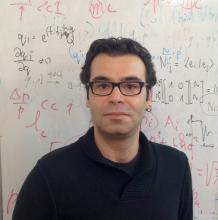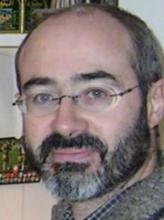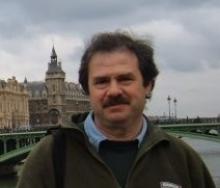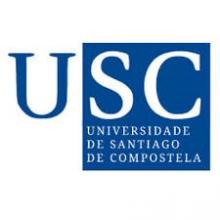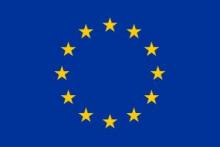The HIEIC collaboration
Researchers in the collaboration:
Prof. Lech Szymanowski (Poland)
Dr. Guillaume Beuf (Poland)
Dr. Alina Czajka (Poland)
Ms. Arantxa Tymowska (Poland)
Ms. Swaleha Mulani (Poland)
Prof. Elena Ferreiro (Spain)
Dr. Fabio Dominguez (Spain)
Dr. Pedro Agostini (Spain)
Dr. Yair Mulian (Spain)
Dr. Florian Cogoulic (Spain)
Mr. Victor Lopez Pardo (Spain)
Dr. Douglas Wertepny (Israel – left)
Dr. Kartik Insbasekar (Israel – left)
Dr. Lin Dai (Israel – left)
Research Abstract:
The main goal of this project is to reinforce and expand a long-lasting collaboration network between research centers of excellence from EU and the USA, aimed at addressing fundamental questions in the physics of dense systems produced in high-energy proton-proton (pp), proton-nucleus (pA) and heavy-ion collisions (HICs). The greatest challenge is to understand whether the final state of such a collision (especially when the size of colliding objects is small) has a character of a genuine strongly interacting medium like Quark Gluon Plasma (QGP), or whether the observed characteristics (such as correlations between produced particles) can be explained by a non trivial quantum mechanical nature of the colliding objects due to saturation physics. To meet this challenge, we propose a two pronged approach: on one hand a dedicated study of quantum mechanical effects in the dense partonic wave function in the saturation regime, and on the other a systematic improvement of the current quantitative approaches, based on Quantum Chromodynamics (QCD), to the physics of saturation, and analysing their phenomenological implications. These goals will be accomplished by means of joint research activities to be developed through the mobility of individual researchers.
The main research objectives of the proposal are:
- Objective A: Quantifying the importance of quantum interference in correlated particle production, specifically focusing on the effects of saturation in the wave function of and energetic proton on its quantum properties.
- Objective B: Development of a comprehensive theoretical framework to study saturation physics both at leading and next to leading orders in the QCD coupling constant.
- Objective C: Phenomenological description of saturation-sensitive observables in proton-proton, proton-nucleus and heavy-ion collisions.
- Objective D: Application of the results of the research to future projects, specifically electron-ion colliders under proposal in the US (the Electron-Ion Collider EIC) and at CERN (the Large Hadron-electron Collider LHeC and the Future Circular Collider in electron-hadron mode FCC-eh).
Additional objectives of HIEIC project:
- Establishing long lasting collaborations not only between the individual researchers but also between research centers within the partner institutions.
- Improving the academic prospects of individual researchers via joint research projevts.
- Providing training opportunities to early stage researchers (ESRs).
- Disseminating the results of the research project.

